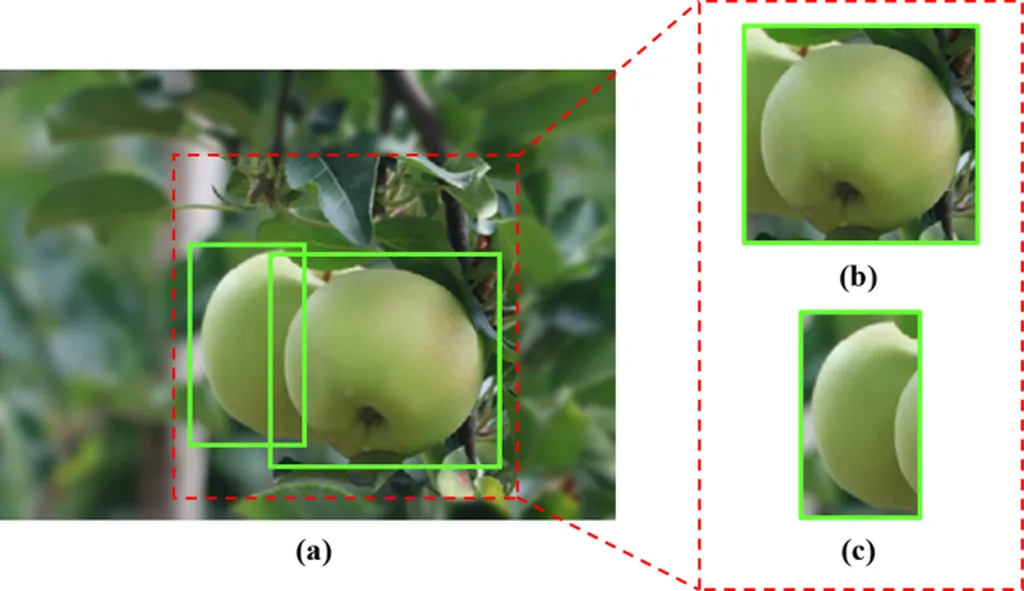In the ever-evolving landscape of smart agriculture, a groundbreaking study led by Ting Zhang from the School of Information Science and Engineering at Zaozhuang University has introduced an optimized contour segmentation model designed to revolutionize the detection of green spherical fruits like apples and persimmons. This research, published in the journal Horticulturae (which translates to “Horticulture”), addresses a longstanding challenge in the agricultural sector: the accurate identification of fruits in complex orchard environments, where variable lighting and weather conditions often obscure results.
The proposed model, built upon the E2EC framework, leverages the DLA34 backbone network for feature extraction. This is enhanced by a path aggregation balanced feature pyramid network (PAB FPN) embedded with attention mechanisms to refine feature representation. The innovation doesn’t stop there. The researchers introduced a Cycle MLP Aggregation Deformation (CMAD) module, which incorporates cycleMLP to expand the receptive field and improve contour accuracy. The results are impressive, with the model achieving an average precision (AP) of 75.5% and average recall (AR) of 80.4% for green persimmons, and 57.8% AP and 64.0% AR for green apples. These figures represent a significant leap forward compared to previous segmentation methods.
“The accuracy of our model in detecting green spherical fruits under varying conditions is a game-changer,” said Ting Zhang. “It opens up new possibilities for automating fruit harvesting and monitoring, which can greatly enhance efficiency and reduce labor costs in the agricultural sector.”
The implications of this research are far-reaching. Accurate fruit detection is crucial for precision agriculture, enabling farmers to optimize harvesting schedules, reduce waste, and improve overall yield. The model’s ability to perform reliably in complex environments means it can be deployed in a wide range of orchards, regardless of weather conditions or lighting variations.
“This technology has the potential to transform the way we approach fruit cultivation and harvesting,” added Zhang. “By providing more precise data, we can make better decisions that benefit both farmers and consumers.”
The study’s findings contribute to the development of more robust smart agriculture systems, paving the way for future advancements in the field. As the agricultural sector continues to embrace technological innovations, the integration of such models into existing systems could lead to significant improvements in productivity and sustainability.
In the broader context, this research highlights the importance of interdisciplinary collaboration between computer science and agriculture. By leveraging cutting-edge technologies like deep learning and attention mechanisms, researchers are able to address real-world challenges and drive progress in the agricultural sector.
As the world grapples with the impacts of climate change and the need for sustainable food production, innovations like the one developed by Ting Zhang and his team are more critical than ever. The future of smart agriculture looks promising, and this research is a significant step forward in that journey.

